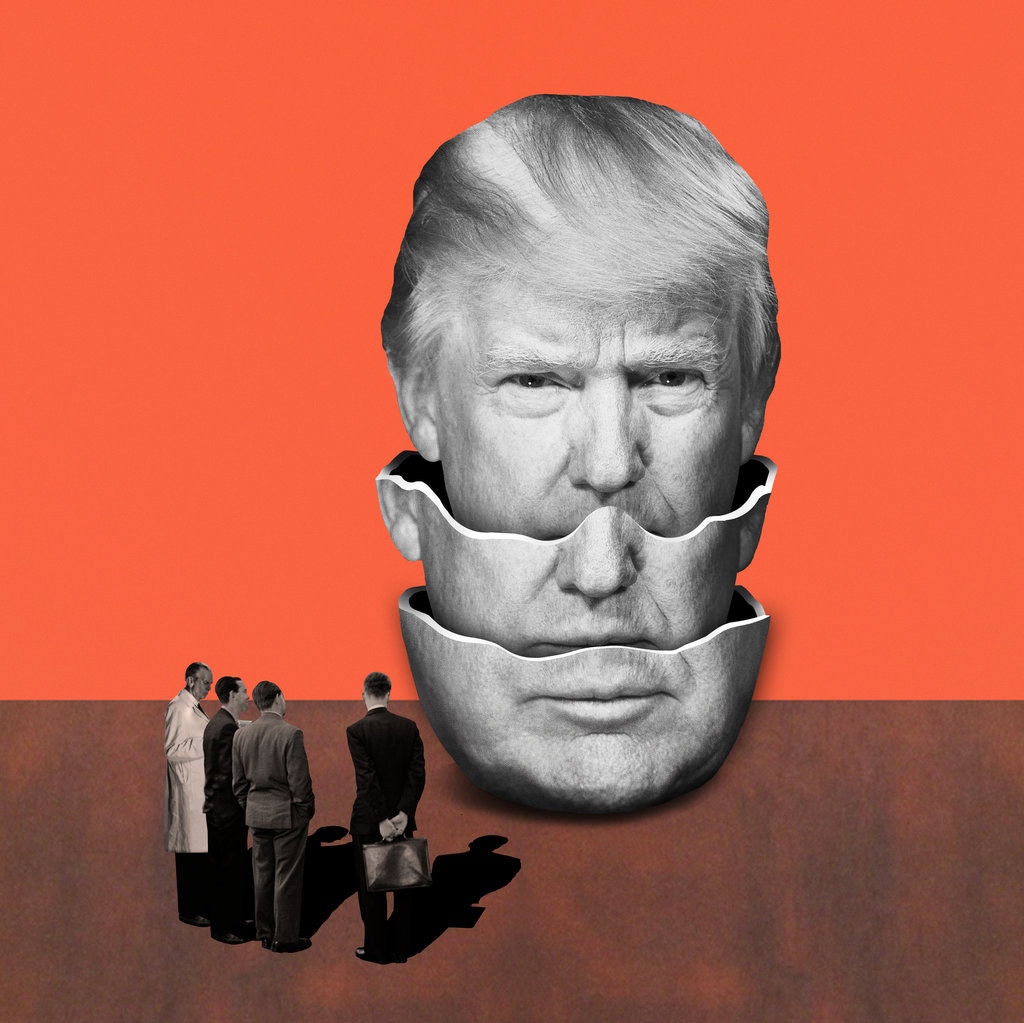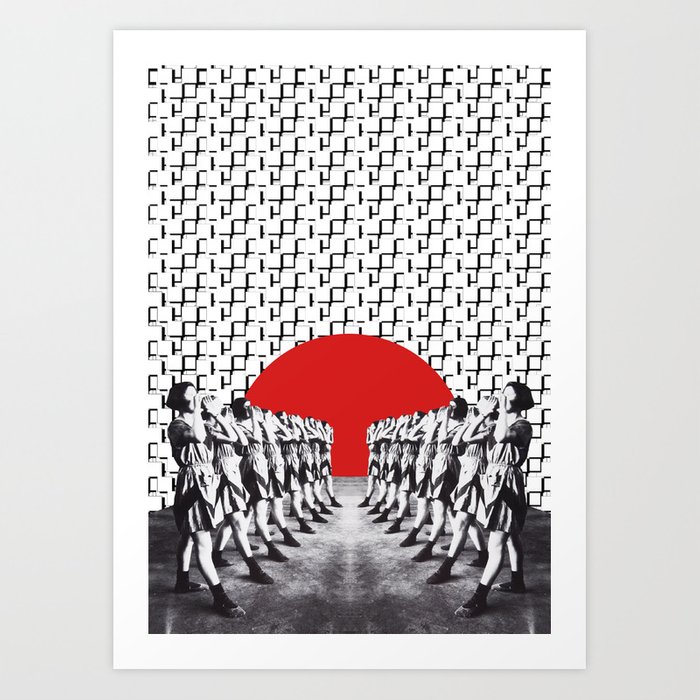Art and Craft Movement
To understand the movement better we have to take a look at the social, political and cultural context. The need of Art and Craft movement appeared as a critique of the industrial society. There was a great loss of traditional craft methods. William Morris advocated for a society of free craftspeople as he believed that existed during the Middle Ages. He believed that craftsmen loved creating and the process of their work. In Britain the movement was associated with other reforms movement like dress reform, the garden city movement and the folk-song revival. All of them had in common the ideal of “the simple life”. In Europe the movement meant preserving the national traditions.
In terms of interior design and choosing the colours, context is very important. In this period, the rooms were no longer dark. The appearance of light changed the colours that were used before. The Arts and Craft palette was called autumn palette because its warm tones naturally go with all the wood trim and furniture of that period. The reason they did not paint the walls white as we are familiar now is because of the dark furniture. The darker the wood, the more was avoided because of its high contrast. Vegetable colours were very popular along with greyish sage green and yellow undertone. The white on the walls was perceived different than it is now. In that period white meant pale grey, coffee with cream, beige or even a buff yellow.
I am absolutely in love seeing what Ben Penetreath did in regard of this style. He combined a strong use of colour, pattern, and classical details with bold contemporary fabric and furniture. The result is refreshing and you can feel the connection straight away with the nature due to the use of earthy colours in combination with blue or red. There is also marble present along with the wallpaper inspired by William Morris which gives an elegant touch. Wood is still present but not so much as it used to be, letting the room breathe more.For example we can see that in the living room. There are some colours and patterns on the floor which clearly were inspired from that period but it is also more bright and open due to the contrast with the white from the walls.
SOURCES
Admin, “English 1960s and 70s Inspired Interiors”, Decorpion, 17.09.2019, https://www.decorpion.com/2019/09/17/english-1960s-and-70s-inspired-interiors/?fbclid=IwAR3ehbch7QOVO_SRnc6HZ1De2gGsw_9E3bBEvW9wzZ_wlDVRhiB7elsIy60
Anna Kovalchenko, “Style at a Glance: Arts and Crafts Movement”, L’essenziale, 16.08.2017, https://essenziale-hd.com/2017/08/16/style-at-a-glance-arts-and-crafts-movement/
Russian Constructivism Movement
The movement flourished in Europe and became an inspiration to Western artists and designers.
“Rodchenko’s mentor, Wassily Kandinsky, taught at the Bauhaus art and design school in Germany after leaving Moscow in 1922, as did the Hungarian Constructivist Laszlo Moholy-Nagy. Their ideas were then disseminated by fellow Bauhaüslers when they fled from Nazi Germany in the 1930s to teach at Yale, Harvard, Black Mountain and other American schools.”
(Rawsthorn, 2009)
The legacy that left behind was the style being reinvented with the famous posters from Saul Bass for “Vertigo” and “Psycho” in 1950 and other movies from Alfred Hitchcock. But the movement was even more influential than that. You can see echoes
“for mixing media in the work of European designers, such as M/M (Paris) and Martino Gamper” or you can see it in the creation of digital imagery.” The “viz” phenomenon owes more to Soviet Constructivism than its academic pedigree. When Rodchenko and Popova designed posters and pamphlets for the Soviet state, they were trying to help a confused and largely illiterate population to make sense of the dramatic changes in their daily lives. New laws. New institutions. New working practices. New expectations. New taboos. Their striking collages must have looked as exhilarating to 1920s workers as luscious digital visualizations do to us today, and shared the same aim of helping people to make sense of the complexity of modern life.”
(Rawsthorne, 2009)
Looking at the poster that Matthieu Bourel designed for the article called “Is It Time to Call Trump Mentally Ill?” in 2017 I see a lot of similar characteristics to Constructivism movement. There is photomontage present, very nice layered indicating I presume Trump’s state of mind at that moment. There are two colours present: grey and orange. In Constructivism red was the colour that was representative but here orange is used to draw attention. The theme is political which defines the movement. There is no type but I believe the message is very straightforward. Everything is clean and organised even though there is no dynamic. The background is simple, drawing a line at the bottom and mixing the colours to draw the viewer’s attention to the 4 people staring at Trump looking as if they are trying to make a decision.

Matthieu Bourel is a french artist whose work is based on the power of images and the diversion of a wide range of visual combination.
He defines his work as ‘data-ism’, and when mixing elements, he often seeks to evoke a story that, although absent from the known reality, is powerfully present before the viewer and inspires ‘nostalgia for a period in time that never truly existed’.
(Matthieu Bourel: Collage and the power of images – The re:art, 2020)

SOURCES:
Friedman, R., Opinion | Is It Time To Call Trump Mentally Ill?. [online] Nytimes.com., 2007 <https://www.nytimes.com/2017/02/17/opinion/is-it-time-to-call-trump-mentally-ill.html?smid=pi-nytimes&smtyp=cur&fbclid=IwAR16g53o0fLFkrcyFCyyF0lLHEhJlLKBck0M0o1diBGwkOWquzMkkSDmw6s>
Rawsthorn, A., . The Enduring Legacy Of Soviet Constructionism. [online] Nytimes.com. 2009, <https://www.nytimes.com/2009/02/06/arts/06iht-design9.1.19991303.html>
The re:art, Matthieu Bourel: Collage And The Power Of Images – The Re:Art. [online] <http://thereart.ro/matthieu-bourel-works/>
Image:
2. https://society6.com/product/feminism-2014_print?utm_source=Pinterest&utm_medium=Social#1=45










